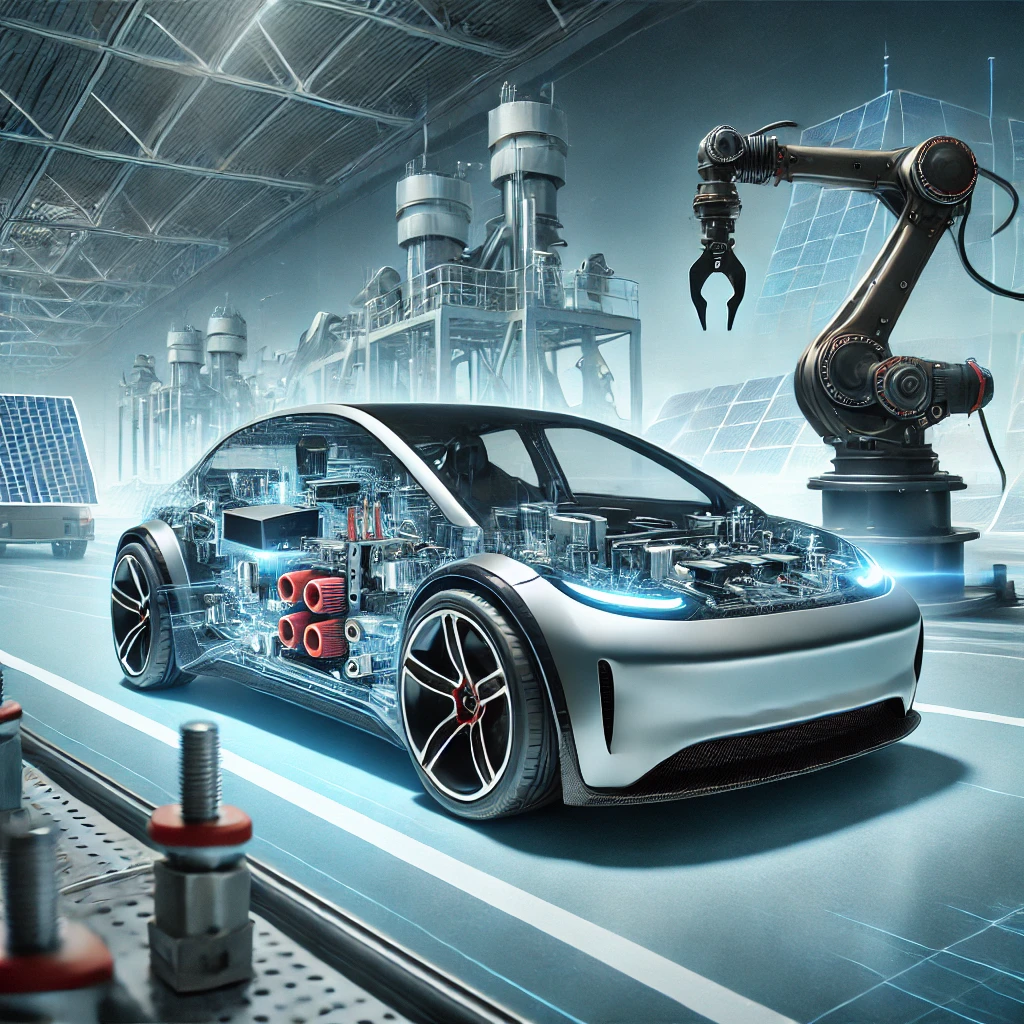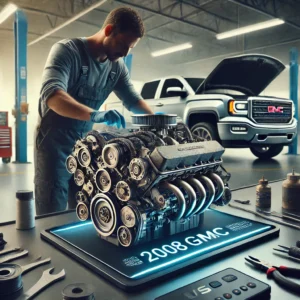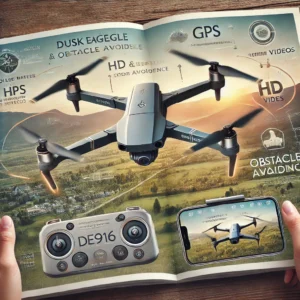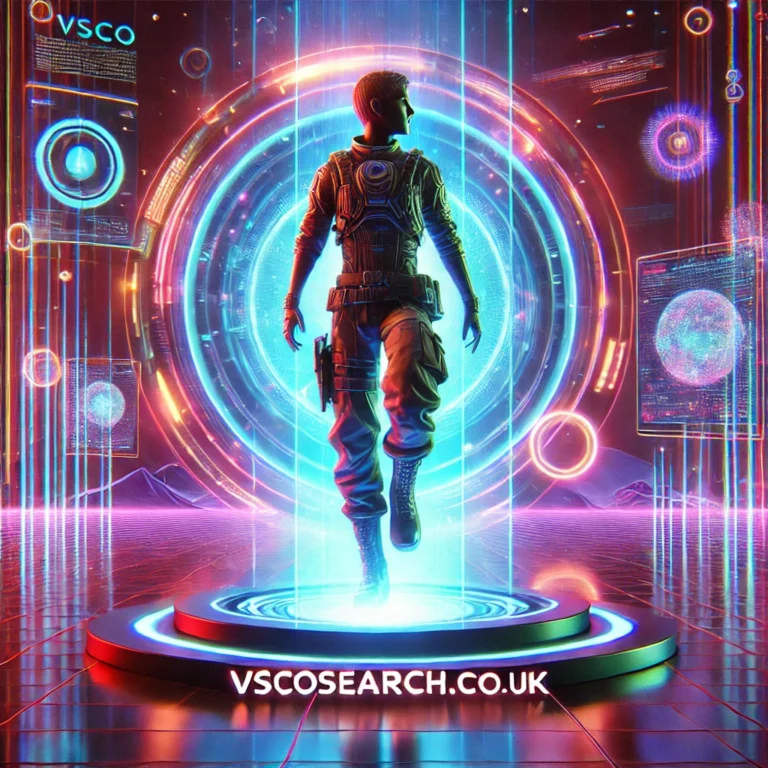This article descries in detail the brushless motor controller YCSL153-021-48C8, a key element in state of the art electric and hybrid car. In this article, we will look at some of the ardent features of the platform, the working capability of the platform, how it is used and some of the frequently asked questions regarding the platform.
Introduction
In the developmental complex of electric mobility, the brushless motor controller has an essential role to perform the power management between the battery and the motor. One such controller is the YCSL153-021-48C8, which has been widely used because of its remarkable efficiency and durability. It is therefore the purpose of this article to develop an understanding of this rather complex electronic device.
Understanding Brushless Motor Controllers
But in order to discuss the details of YCSL153-021-48C8 it is important to overview the basics of brushless motor controllers.
- Brushless Motors: These motors also incorporate the use of rotor’s permanent magnets and electronic switching to produce torque. They do not require the usage of brushes in physical contact with the rotor hence are efficient, have low wearing rates and most importantly a longer lifespan compared to brush motors.
- Controller’s Role: The main responsibility of the controller as established by theIAS 99 framework involves:
- Drive the motor: It produces the needed low voltage electronic signals (PWM-Pulse Width Modulation) to excite the motor’s windings in a sequence that makes the motor run smoothly.
- Control motor speed and torque: Using the PWM signals, the controller is able to vary the speed and output torque of the motor to suite demands for power by varying the frequency and amplitude of the signals.
- Protect the motor and system: Internal protections of the motor and of the whole system prevent it from reaching conditions of overcurrent, overvoltage, undervoltage, or an excessive temperature.
Main characteristics of YCSL153-021-48C8
The YCSL153-021-48C8 boasts several advanced features that contribute to its superior performance:
- High Power Density: This controller is capable of passing rather large power levels and is recommended for high performance uses in electric vehicles. Industrial equipment and robotics.
- Efficient Operation: High performance control techniques. And rapid pulsing lessen power dissipation hence enhancing energy efficiency as well as low heating.
- Robust Design: Based on these features, the YCSL153-021-48C8 is designed using reliable components. And also comes with reliable protection measures for operation in challenging conditions so as to have a long useful life.
- Flexible Configuration: The controller is inherently reprogrammable which makes it possible to fine tune the device according to the application demanded using either software or hardware techniques.
- Advanced Communication: It supports multiple communication standards; it can interface with different electronics systems. And make monitoring and control from a distance possible.
Implications and uses of the YCSL153 021 48C8
The versatility of the YCSL153-021-48C8 makes it suitable for a wide range of applications:
- Electric Vehicles: Charging electric cars, trucks, buses, motorcycles etc. Industrial Automation:
- P OWER PUSHING: High-performance motors for Industrial application in the machinery, robotics, and factory automation systems.
- Renewable Energy: Combining with wind generators and photovoltaic equipment to convert the energy and to feed it to the network.
- Aerospace and Defense: Driving UAVs and other aerospace products.
- Marine Applications: Managing checks and balance for propulsion systems in boats and other sort of marine vehicles.
Choosing of Brushless Motor Controller
Choosing the appropriate brushless motor controller, such as the YCSL153-021-48C8, requires careful consideration of several factors:
- Motor Type and Size: The controller must be compatible with the specific motor type. Like PM motor,BLDC motor and it’s power capacity.
- Application Requirements: What specificity do you need – speed range, torque, operating conditions, and the degree of control that is necessary?
- Power Supply: Power supply voltage and current must match with that of the available controller.
- Cooling and Thermal Management: When selecting a controller choose one that has proper cooling systems to prevent overheating of the device.
- Integration and Compatibility: Always think of the type of connectivity the controller has with other home electronics and apparatuses in the application.
FAQs
Brushless motor vs Brushed motor What is the difference between them?
Brushless motors have a stationary magnet on the rotor and use electronic means to switch the current paths therefore no brushes are used. This leads to the realization of higher efficiency, with less wear and tear as well as higher operational life span than brushed motors.
How a brushless motor controller works?
The controller uses PWM to turn on the motor’s windings in the correct sequence with regard to the speed and torque required for the motor. Protection circuits are also included to protect the motor. As well as the system in this Smart Inverter Gestenter Washer Dryer.
What are advantages and disadvantage in usage of the YCSL153-021-48C8?
These are some benefits; high power density, efficiencies of load, design robustness, modularity and dispositif communication.
In what applications can the YCSL153-021-48C8 be used?
The controller is suitable for use in electric vehicle, industrial automation, renewable energy, aerospace and marine applications.
Which factors do I need to consider when choosing a brushless motor controller?
Possibilities include the type of motor, the intended use, supply, cooling, and interface with other systems.
Conclusion
This brushless motor controller YCSL153-021-48C8 is in power electronics is a relatively new and improved product. Its high performance, reliability, and flexibility make it nearly indispensable to a diverse range of current applications. As well as the rapidly growing automobile industry such as electric cars. It enables engineers and designers who want to apply this technology for the newest systems to understand its key characteristics and tools.
























+ There are no comments
Add yours